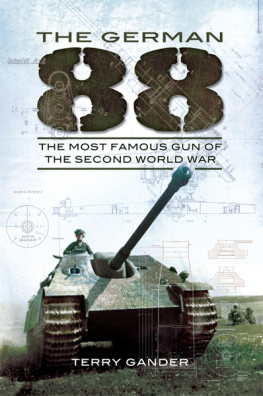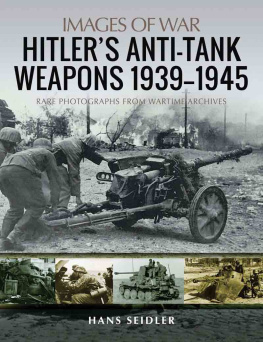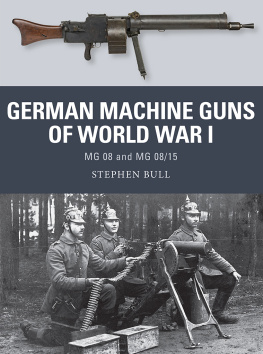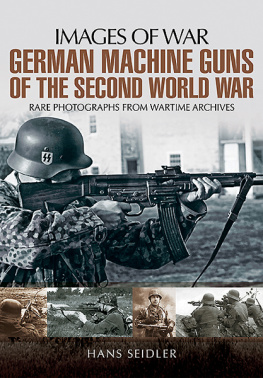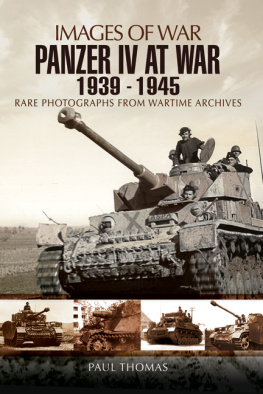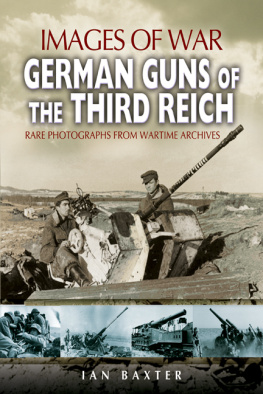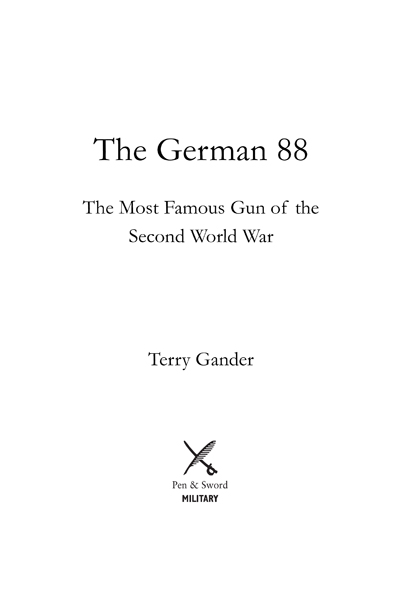
First published in Great Britain in 2009
Paperback edition first published in 2012 by
Pen & Sword Military
an imprint of
Pen & Sword Books Ltd
47 Church Street
Barnsley
South Yorkshire
S70 2AS
Copyright Terry Gander, 2009, 2012
ISBN 978 1 84884 832 0
eISBN 9781781597835
The right of Terry Gander to be identified as author of this work has been asserted by him in accordance with the Copyright, Designs and Patents Act 1988
A CIP catalogue record for this book is
available from the British Library
All rights reserved. No part of this book may be reproduced or transmitted in any form or by any means, electronic or mechanical including photocopying, recording or by any information storage and retrieval system, without permission from the Publisher in writing.
Pen & Sword Books Ltd incorporates the imprints of Pen & Sword Aviation, Pen & Sword Maritime, Pen & Sword Military, Pen & Sword Family History, Wharncliffe Local History, Wharncliffe True Crime, Wharncliffe Transport, Pen & Sword Discovery, Pen & Sword Select, Pen & Sword Military Classics, Leo Cooper, Remember When, The Praetorian Press, Seaforth Publishing and Frontline Publishing
For a complete list of Pen & Sword titles please contact
PEN & SWORD BOOKS LIMITED
47 Church Street, Barnsley, South Yorkshire, S70 2AS, England
E-mail: enquiries@pen-and-sword.co.uk
Website: www.pen-and-sword.co.uk
Contents
Chapter 1
The Legend
By late 1941 word had spread throughout the Allied ranks that the Germans had a secret weapon that could knock out any Allied tank at ranges beyond which the recipients could not respond. This wonder weapon exceeded all other anti-tank guns then in service in range, armour penetration capability and all-round firepower, and a military legend was born.
The weapon in question, the 8.8cm FlaK 18 or 36, went on to become the most widely known of all German artillery pieces and was so feared that even now it retains the title of the most famous gun of the Second World War, despite the long list of other potential candidates for that title. In 1941 Allied intelligence personnel sought desperately to learn the secrets of what became generally known to them as the 88. It emerged that the 88 had not been designed primarily as an anti-tank weapon but was in fact an anti-aircraft gun (FlugzeugabwehrKanone or FliegerabwehrKanone hence FlaK) pressed into the anti-armour role to utilise its latent firepower against ground targets, among which were the unfortunate Allied tanks.
In time the 88s grew into a family that encompassed dedicated tank and anti-tank guns as well as anti-aircraft guns, while numerous sub-variants, including self-propelled platforms, were to appear as the war continued. With time, more technically advanced models of the 88 were to materialise to expand the 88 family into three distinct branches, each with its own specific type of 88mm ammunition, and the group grew further still when captured Soviet anti-aircraft guns were converted to fire German 88mm ammunition. The 88, in its original anti-aircraft form, was one of the few German weapons that remained in series production throughout the war years. It became one of the mainstays of the German air-defence forces, for both the Heer (Army) and Luftwaffe (Air Force), and its deployment spread to other non-German armed forces as well. For some of these non-German armed forces the 88 remained a viable weapon until almost the end of the twentieth century.
The 88 did not spring out of nowhere. Had they but taken more notice of the fact, the 88 had been an anti-armour option within the German tactical establishment since the Spanish Civil War of 19361939. The unfortunate British Expeditionary Force (BEF) had first experienced the 88 in combat at Arras in May 1940; and the French had suffered from its firepower during the earlier Meuse crossings. By mid-1941 the 88 was making its lethal presence felt on the battlefields of North Africa and by the end of that year it was adding to its laurels on the post-Operation Barbarossa Eastern Front. From 1939 onwards the 88 acted as the mainstay of the air defence of the Dritter Reich.
The origins of the 88 can now be traced back to 1916, if not before.
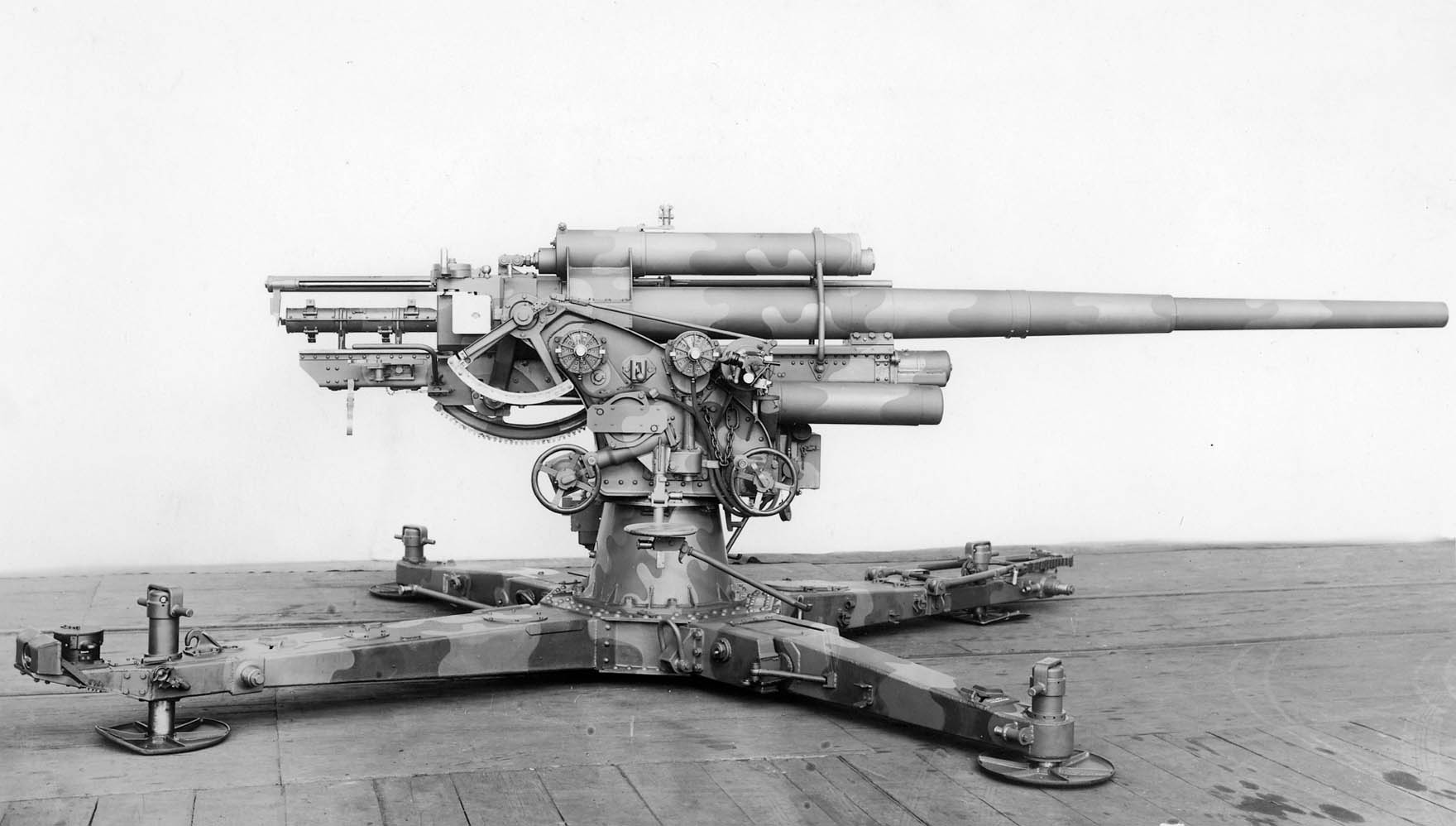
The starting point, the 8.8cm FlaK 18. (TJ Gander Collection)
Beginnings
By 1916 military aircraft were beginning to make a significant impact on the tactical situation prevailing on the battlefields of the First World War, especially on the Western Front. Although aviation was still in its infancy in 1916, increasing use was being made of aircraft for reconnaissance and artillery observation, while the first tentative experiments in tactical bombing were being conducted. On both sides, by 1916 air-to-air combat was well established in attempts to deny the enemy the advantages of observing their actions or dispositions. Ground forces also sought some form of weapon with which to counter the airborne threat, not only against aircraft but also against observation balloons.
As far as the Germans were concerned the military balloon had been a potential adversary ever since the Franco-Prussian War of 1870. Various high barrel-elevation gun projects were mooted during the years that followed and in 1906 the German Erhardt concern (later to become part of the Rheinmetall-Borsig conglomerate) mounted a 5cm Ballon Abwehr Kanone (BAK) on an armoured truck chassis and demonstrated it to an unimpressed German General Staff. Daimler followed in 1909 with a 5.7cm FlaK Panzerkraftwagen. Neither of these vehicles was accepted for service, although the concept was to re-emerge before the end of 1914.
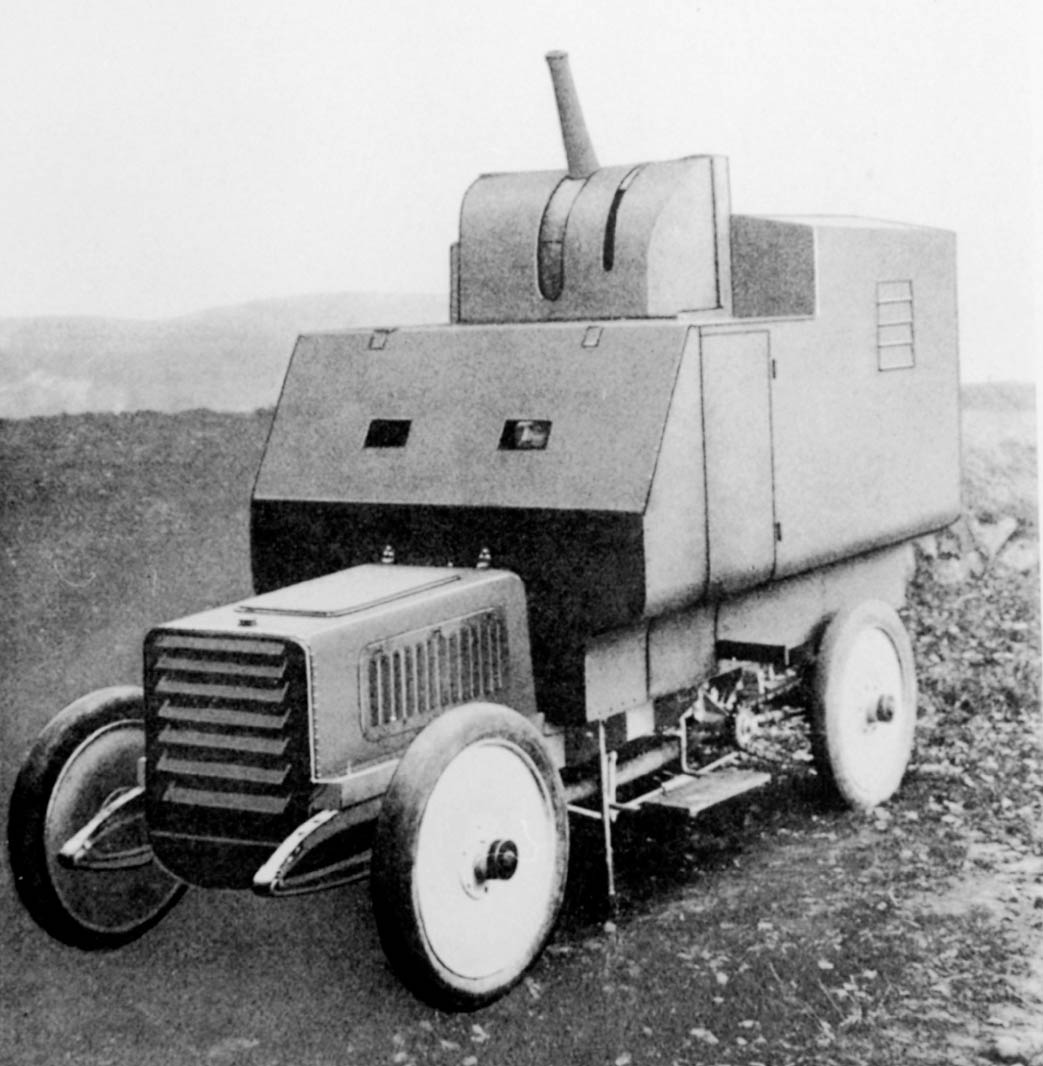
Early days. The Erhardt/Rheinmetall 5cm Ballon Abwehr Kanone (BAK) of 1906. (TJ Gander Collection)

A 1908 experiment combining a 6.5cm Rheinmetall gun with an Erhardt truck chassis. The vehicle and gun had a crew of six and, powered by a 80hp engine, could reach road speeds of up to 60km/h, while the gun itself could fire up to 25rds/min and reach an maximum altitude of 7,900m. This gun and vehicle combination remained a prototype. (TJ Gander Collection)
As early as 1914 a small German anti-aircraft arm had been formed. When the First World War began this infant arm was equipped with just eighteen guns. Most of them were simply field guns, usually of 77mm calibre, with their field carriages perched on precarious frameworks to provide the necessary high angles of barrel elevation and some degree of on-carriage traverse to track potential targets. As the usual barrel length was limited to about 27 calibres, the modest muzzle velocities resulted in extended times of projectile flight to the target and range was limited. Something better was needed and requests for more powerful, custom-built anti-aircraft weapons were placed with German industry. The result was a series of 57, 75, 77 and 80mm high-velocity guns with extended length barrels (to enhance muzzle velocities) and more serviceable high-elevation mountings. Some were positioned on self-propelled mountings. During late 1916 the first 88mm guns appeared.

